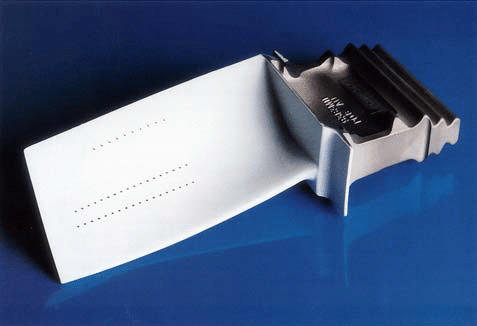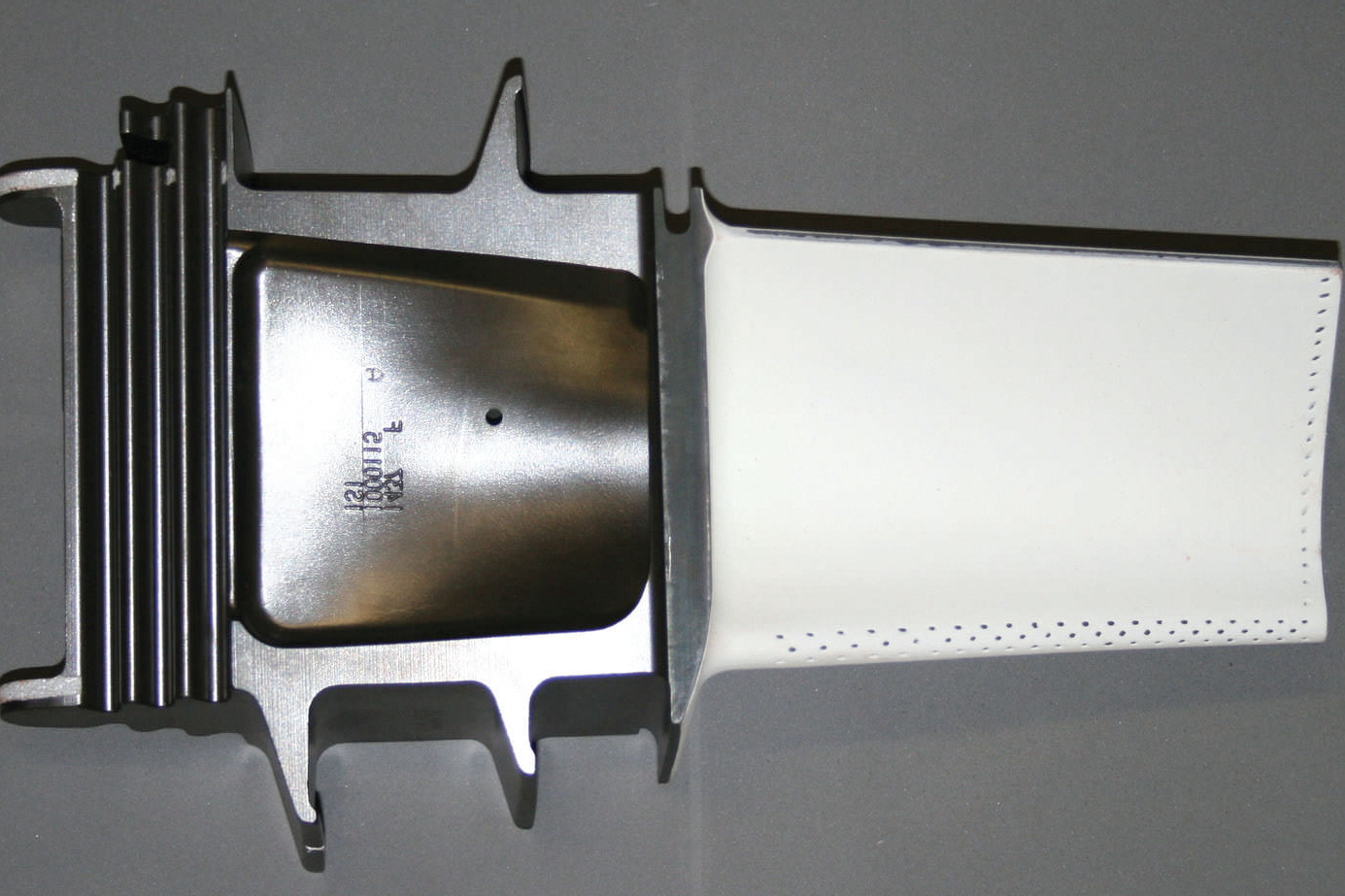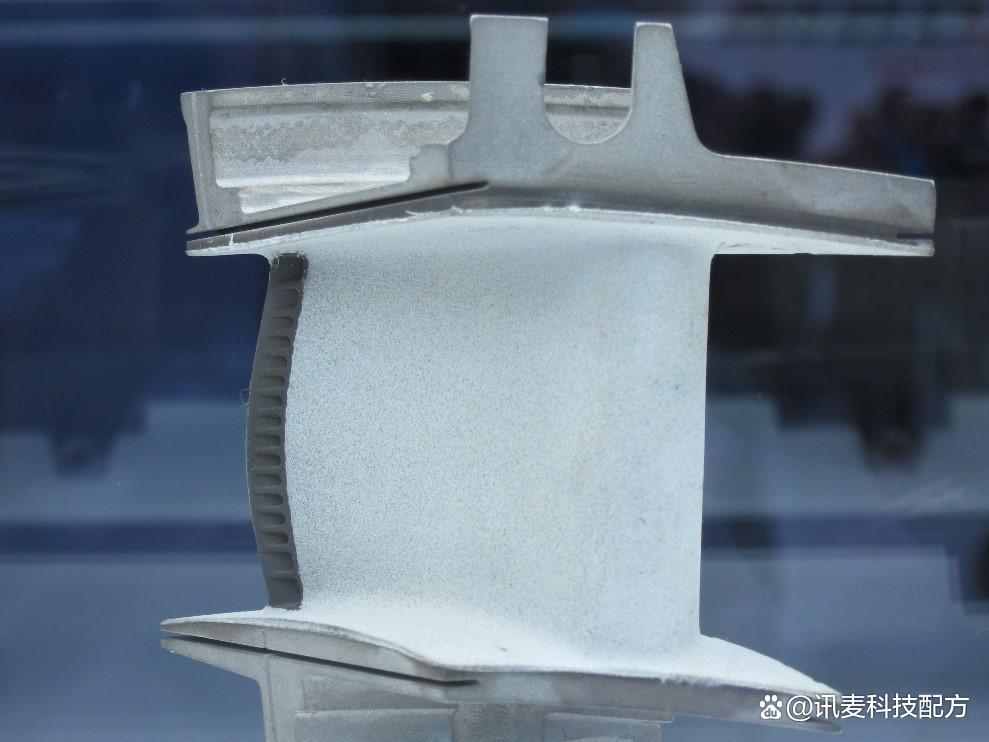How do TBCs extend the life of engine components and turbines?
How Do TBCs Extend the Life of Engine Components and Turbines?
Surface Temperature Reduction and Thermal Load Control
Thermal Barrier Coatings (TBCs) extend the life of engine and turbine components by significantly lowering surface temperatures during high-temperature operation. Typically composed of low thermal conductivity ceramics such as yttria-stabilized zirconia (YSZ), TBCs insulate critical parts—like turbine blades, nozzles, and combustor liners—by reducing metal surface temperatures by up to 300°C. This reduction delays thermal degradation and protects the structural core of components made from Inconel 625, Ti-6Al-4V, and other high-performance alloys.
Resistance to Oxidation, Corrosion, and Thermal Fatigue
TBCs serve as a chemically stable shield against oxidizing and corrosive gases common in combustion environments. In gas turbines and jet engines, this barrier prevents the formation of oxide scales, phase transformation, and microstructural degradation on metal surfaces. TBCs also mitigate thermal fatigue by absorbing thermal gradients and minimizing expansion mismatch, which prevents the propagation of surface cracks and delamination.
This is especially important for 3D printed parts produced via Superalloy 3D Printing or Titanium 3D Printing, where complex geometries and thin walls are more susceptible to heat-induced failure.
Extended Service Intervals and Maintenance Reduction
TBCs enhance component lifespan by improving resistance to high-cycle thermal loading and reducing the frequency of overheating-induced damage. For rotating turbine components, this translates to longer operational intervals, reduced unscheduled maintenance, and lower lifecycle cost. In aerospace, automotive, and energy systems, TBC-coated parts routinely outperform uncoated equivalents in both durability and reliability.
Recommended Services for Thermal Protection in Engines and Turbines
Neway supports customers with advanced manufacturing and coating solutions for heat-exposed components:
High-Temperature 3D Printing Services:
Superalloy 3D Printing: Ideal for blades, vanes, and combustor parts.
Titanium 3D Printing: Lightweight components for aerospace and power systems.
Carbon Steel 3D Printing: For structural engine brackets and housings.
Thermal Surface Protection Solutions:
Thermal Barrier Coatings (TBC): High-efficiency thermal insulation.
Heat Treatment: Enhances base material stability before coating.
Hot Isostatic Pressing (HIP): Ensures full internal density for thermal fatigue resistance.



